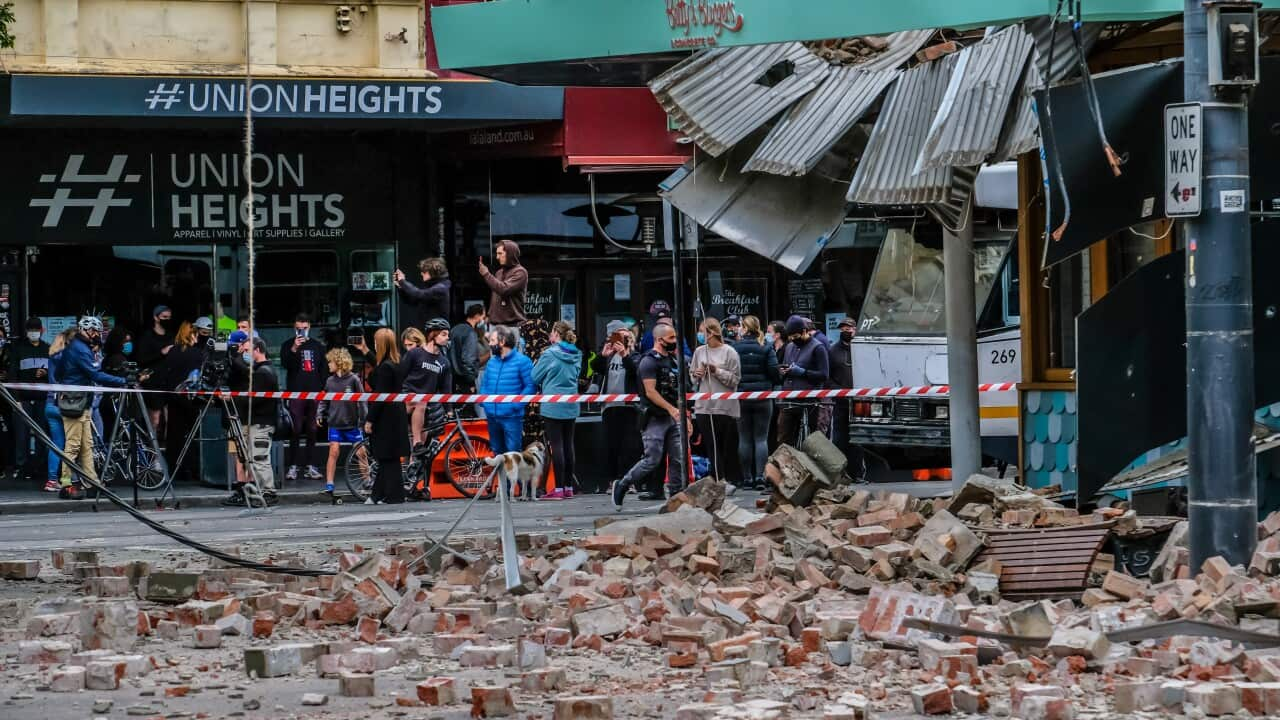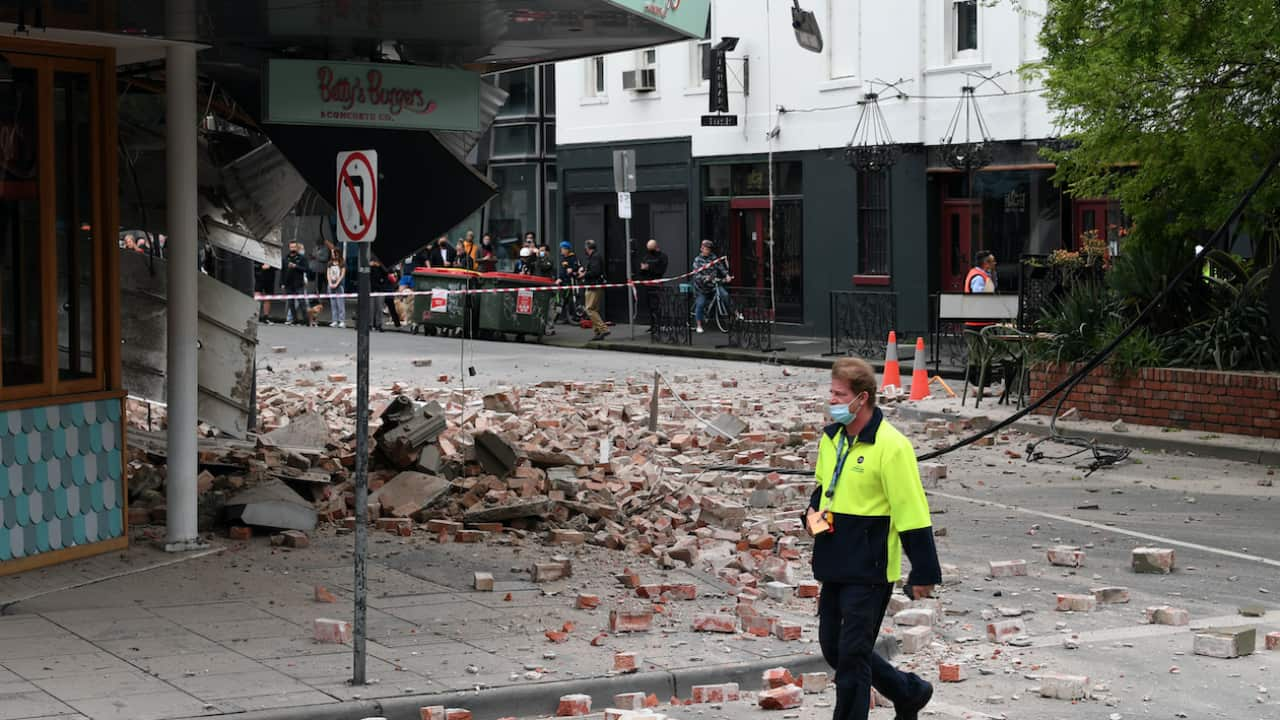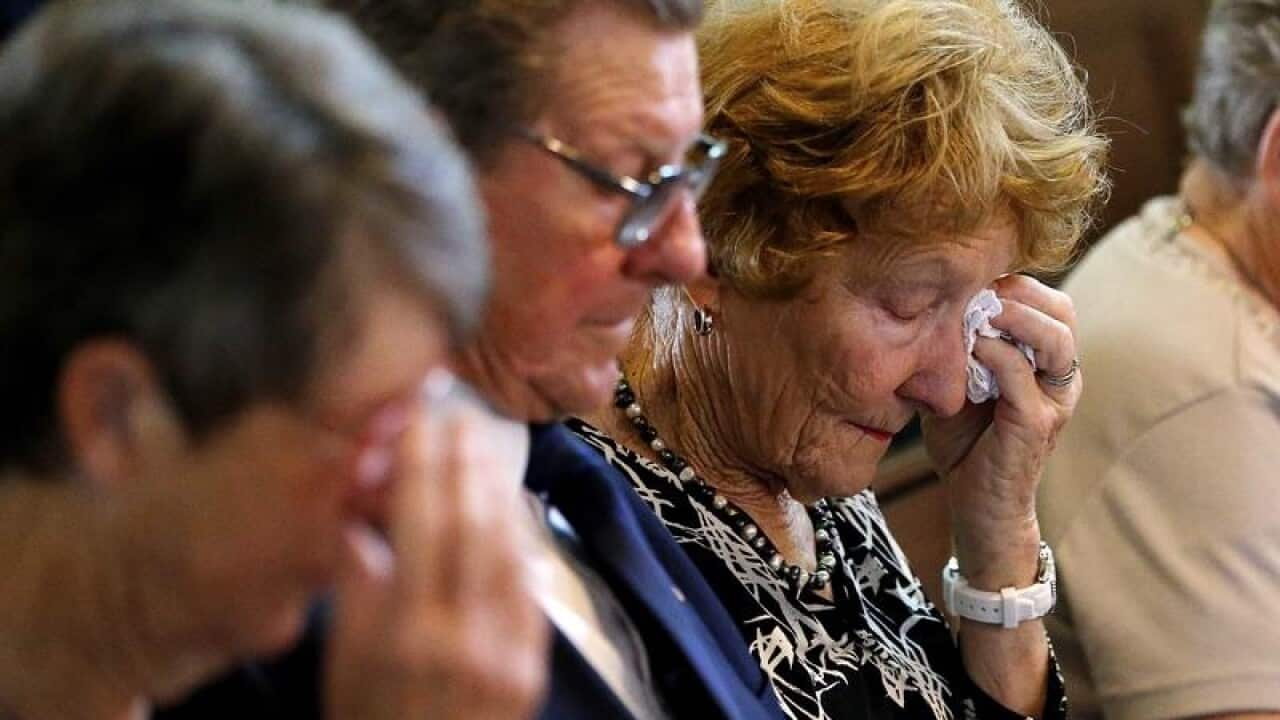Key Points
- Melbourne was hit by a magnitude 3.8 earthquake on Sunday night.
- Geoscience Australia said shaking was reported as far north as Bendigo and as far south as Hobart.
- Earthquakes have hit Australia more frequently in recent years, but this rise is still within long-term patterns.
On Sunday night, Melbourne residents were shaken by a magnitude 3.8 earthquake.
Geoscience Australia said the quake hit at a depth of 3km at Sunbury, about 40km northwest of the city, at 11.41pm on Sunday.
More than 22,750 people contacted the agency to report they had felt shaking, with reports coming from as far north as Bendigo and as far south as Hobart, Geoscience Australia said.
While earthquakes are not common in Australia, there have been several significant events in recent years. As a result, some may be wondering if earthquakes are becoming more common in Australia.
Are earthquakes becoming more common in Australia?
Earthquakes are not often felt in Australia, but there have been several in recent years.
In 2021, Victoria was hit by quakes measuring 5.8 and 4.8 in magnitude, while Western Australia was hit by a 5.3 magnitude quake in the same year.
In 2022, there was a 4.8 magnitude earthquake in Western Australia, and in March this year, there was a 4.7 magnitude earthquake in South Australia.
Adam Pascale, chief scientist at the Seismology Research Centre, told SBS News that, while earthquakes had hit Australia more frequently in recent years, this increase was still within long-term patterns.
"We have had, in the last few years, more earthquakes felt in built-up areas than we have in the past 10 years or so, particularly in the last two years," he said.
"But when we look at it on a geological time scale, these are happening within the normal return periods for these sorts of earthquakes."
Mr Pascale said while this was the first magnitude four earthquake in 100 years, it was still within typical timelines and earthquake patterns.
"We would expect to see a magnitude four in the Melbourne area every 100 years, and here we have one," he said.
"We put out an earthquake every week for southeast Australia and there are usually 30 or 40 earthquakes on there ... there are earthquakes happening all the time that people don't realise, and usually one felt every month or so."

Most earthquakes in Australia are of a low magnitude, and are not felt. Source: SBS News
What should you do when an earthquake strikes?
In the event of an earthquake, the advice from Victoria's State Emergency Service (SES) is to drop to the floor, take cover under a sturdy piece of furniture, and hold on.
Mr Pascale agrees and advises against going outside in case of falling infrastructure or debris.
"Most people will get injured when things fall on them, so the advice is to drop, cover and hold on," he said.
"Drop down, get under a solid object like a table, and hold on until that strong shaking stops."
If there isn’t a table or desk nearby, the SES advises you to cover your face and head with your arms and crouch in an inside corner of the building.
The SES advice for wheelchair users is to lock and brake your wheelchair, cover your head and neck, and hold on.
If you are outside during an earthquake, it is recommended to stay away from buildings, streetlights, and utility wires, and stay in the open until the shaking stops.
Australia's history with earthquakes
Australia's most significant earthquake event was in the Northern Territory in 1988, when three earthquakes of 6.2, 6.3 and 6.6 in magnitude hit Tennant Creek.
In 1989, Newcastle in NSW was hit by a 5.4 magnitude earthquake, which resulted in the deaths of 13 people and a damage bill of $4 billion.
Mr Pascale says he hopes Sunday night's earthquake would serve as a reminder of the possibility of serious earthquakes, and the importance of knowing how to stay safe.
"Australia doesn't have earthquakes very often, so that tends to mean we are less prepared for when they do occur," he said.
"We can potentially have a magnitude 7.5 anywhere in Australia, and that's a significant earthquake.
"These sorts of events that are small enough to raise awareness but not actually do damage are really good in re-educating people about what they should be doing in an earthquake and how to prepare."
-Additional reporting by AAP











